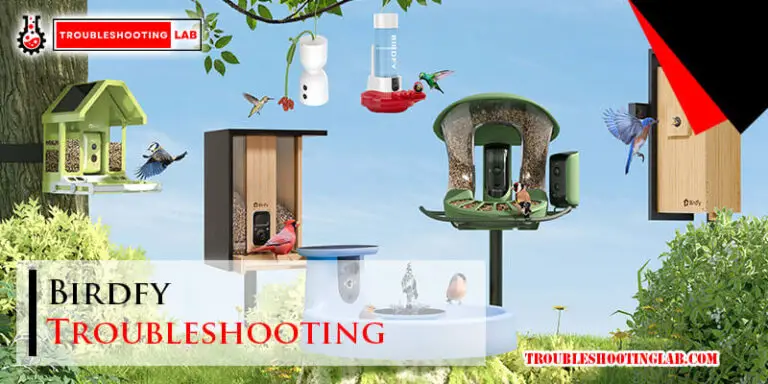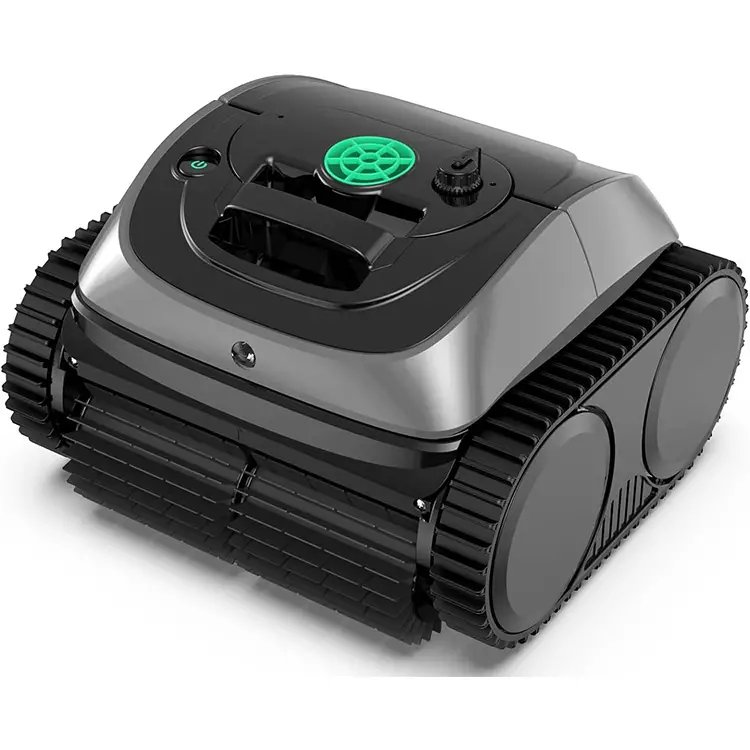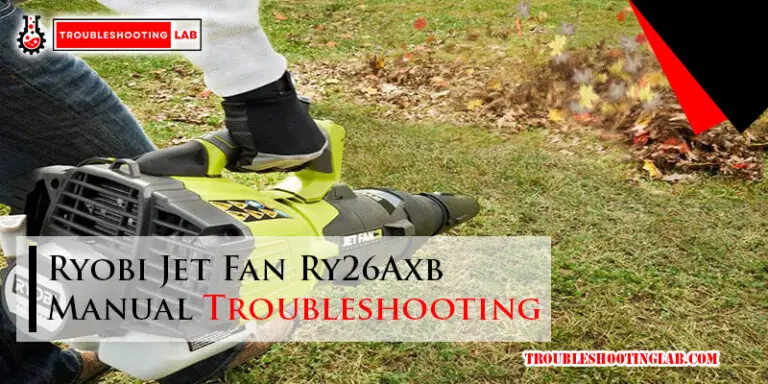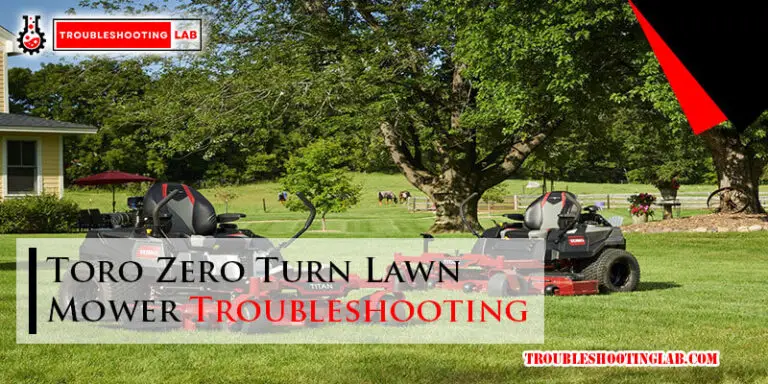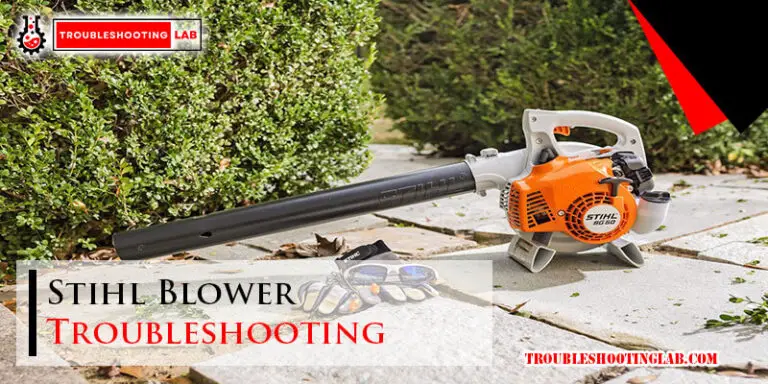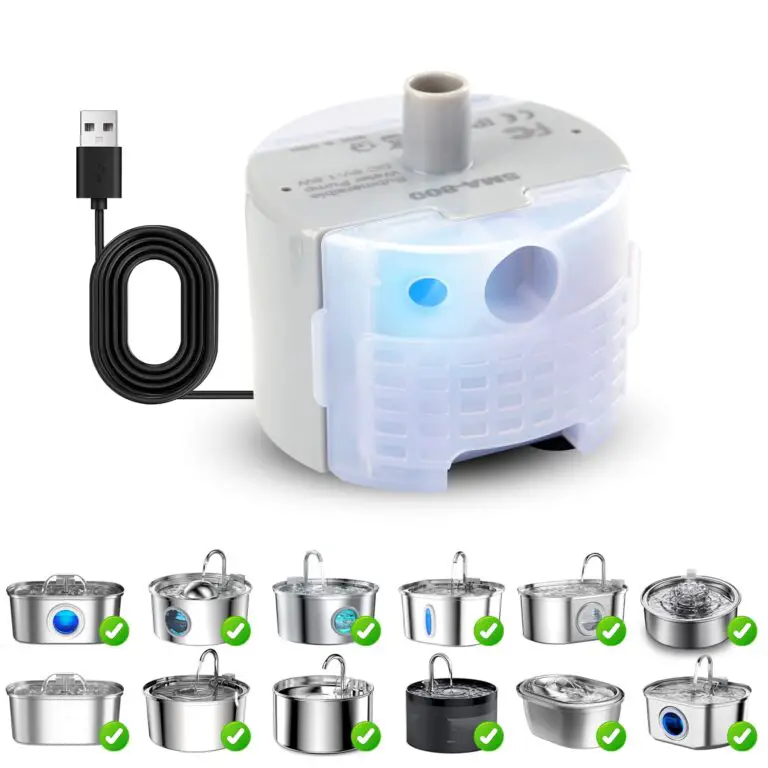Ryobi Battery Leaf Blower Troubleshooting: Quick Fixes & Tips
Ryobi battery leaf blowers are popular for their convenience. But sometimes, they may face issues.
If your Ryobi battery leaf blower isn’t working right, don’t worry. This guide will help you troubleshoot common problems. Understanding your tool can save time and money. Many issues can be fixed with simple steps. From power problems to strange noises, we cover it all.
Ensure your blower works perfectly again. Ready to fix your Ryobi leaf blower? Let’s get started.
Common Issues
Having trouble with your Ryobi Battery Leaf Blower? You are not alone. Many users face common problems. Let’s explore some of these issues and how to fix them.
Battery Not Charging
If your battery is not charging, it can be frustrating. Here are a few steps to diagnose and fix this issue:
- Check the Charger: Ensure the charger is properly connected to the outlet.
- Inspect the Battery: Look for any visible damage or corrosion on the battery terminals.
- Test with Another Battery: If possible, test your charger with another battery.
If these steps do not work, the battery or charger might be faulty. Consider contacting Ryobi customer support for further assistance.
Blower Not Starting
When your blower does not start, it can be due to several reasons. Follow these steps to troubleshoot:
- Check the Battery: Ensure the battery is fully charged and properly inserted.
- Inspect the Connections: Make sure all connections are secure and free of debris.
- Look for Obstructions: Check if any debris is blocking the blower fan.
If the blower still does not start, it may need professional repair. Visit a Ryobi service center for help.
| Issue | Possible Cause | Solution |
|---|---|---|
| Battery Not Charging | Faulty Charger or Battery | Check connections, test with another battery |
| Blower Not Starting | Battery Not Fully Charged | Charge battery, inspect connections |

Credit: www.amazon.com
Battery Problems
Battery problems are one of the most common issues with Ryobi battery leaf blowers. These issues can affect the performance and efficiency of your device. Understanding how to troubleshoot these battery problems can save you time and frustration. In this section, we will cover two main aspects: checking battery connections and replacing the battery.
Checking Battery Connections
First, ensure the battery is correctly installed in the blower. A loose connection can cause the blower to malfunction. Remove the battery and inspect the connectors. Look for any debris or damage. Clean the connectors with a dry cloth if needed. Reinstall the battery and ensure it clicks into place securely. This simple step often resolves many issues.
Replacing The Battery
If checking the connections does not fix the problem, the battery might be faulty. Older batteries may lose their ability to hold a charge. To replace the battery, first, purchase a new Ryobi battery compatible with your leaf blower model. Remove the old battery by pressing the release buttons and sliding it out. Insert the new battery until it clicks securely. Charge the new battery fully before use.
Motor Issues
Experiencing motor issues with your Ryobi battery leaf blower can be frustrating. Whether the blower is not starting or performing poorly, addressing motor problems is crucial. Here, we will explore some effective troubleshooting steps.
Inspecting The Motor
First, inspect the motor thoroughly. Ensure the blower is turned off and the battery removed. Look for any visible damage or obstructions.
- Check for loose connections. Tighten any that appear slack.
- Examine the wiring. Look for frayed or disconnected wires.
- Inspect the fan blade. Ensure it spins freely without resistance.
Use a flashlight if needed to get a clear view of the motor components. Damaged parts can affect motor performance.
Cleaning The Motor
Dirt and debris can clog the motor, causing issues. Regular cleaning helps maintain optimal performance.
- Remove the blower housing to access the motor.
- Use a soft brush or compressed air to clean the motor.
- Wipe down any accessible parts with a clean, dry cloth.
Avoid using water or solvents. These can damage the motor. Cleaning the motor improves airflow and efficiency.
By following these steps, you can troubleshoot and resolve common motor issues with your Ryobi battery leaf blower. Keep your blower in top shape for effective and efficient yard work.
Nozzle Blockages
Ryobi battery leaf blowers are reliable and efficient tools for yard maintenance. Yet, they can face nozzle blockages, reducing their performance. Addressing these issues promptly ensures the blower works optimally. Let’s explore how to clear and prevent nozzle blockages.
Clearing Debris
Turn off the leaf blower and remove the battery. This ensures safety during the process. Inspect the nozzle for visible debris. Use a stick or a similar tool to dislodge any stuck leaves or twigs. Be gentle to avoid damaging the nozzle. Once clear, shake the blower to remove loose particles.
If the debris persists, use compressed air. Aim it into the nozzle to force out blockages. You can also use a vacuum to suck out stubborn debris. Reattach the battery and test the blower. Ensure the airflow is smooth and unobstructed.
Preventing Future Blockages
Regular maintenance helps prevent future blockages. After each use, inspect the nozzle for any debris. Clean it immediately to avoid buildup. Store the blower in a clean, dry place. This reduces the chance of dirt and debris accumulating in the nozzle.
Consider using a nozzle guard. It prevents larger debris from entering the blower. Check and replace the guard as needed. Also, avoid using the blower in wet conditions. Wet leaves and twigs can clog the nozzle more easily.
By following these steps, you keep your Ryobi leaf blower functioning efficiently. Regular checks and proper storage extend its lifespan, ensuring you maintain a clean yard with ease.
Overheating
Overheating can be a common issue with Ryobi battery leaf blowers. It affects performance and can cause damage. Knowing how to handle this problem is essential.
Identifying Overheating Signs
Recognizing the signs of overheating helps prevent further issues. Watch for these symptoms:
- The blower feels hot to the touch.
- Performance drops suddenly.
- The blower shuts down unexpectedly.
- Unusual noises or smells.
Cooling Down Procedures
Cooling down your Ryobi battery leaf blower is crucial. Follow these steps:
- Turn off the blower and remove the battery.
- Place the blower in a cool, shaded area.
- Allow it to rest for at least 30 minutes.
- Check the vents for blockages. Clean if needed.
- Ensure the battery is not exposed to direct sunlight.
These steps help maintain your blower’s longevity and efficiency.
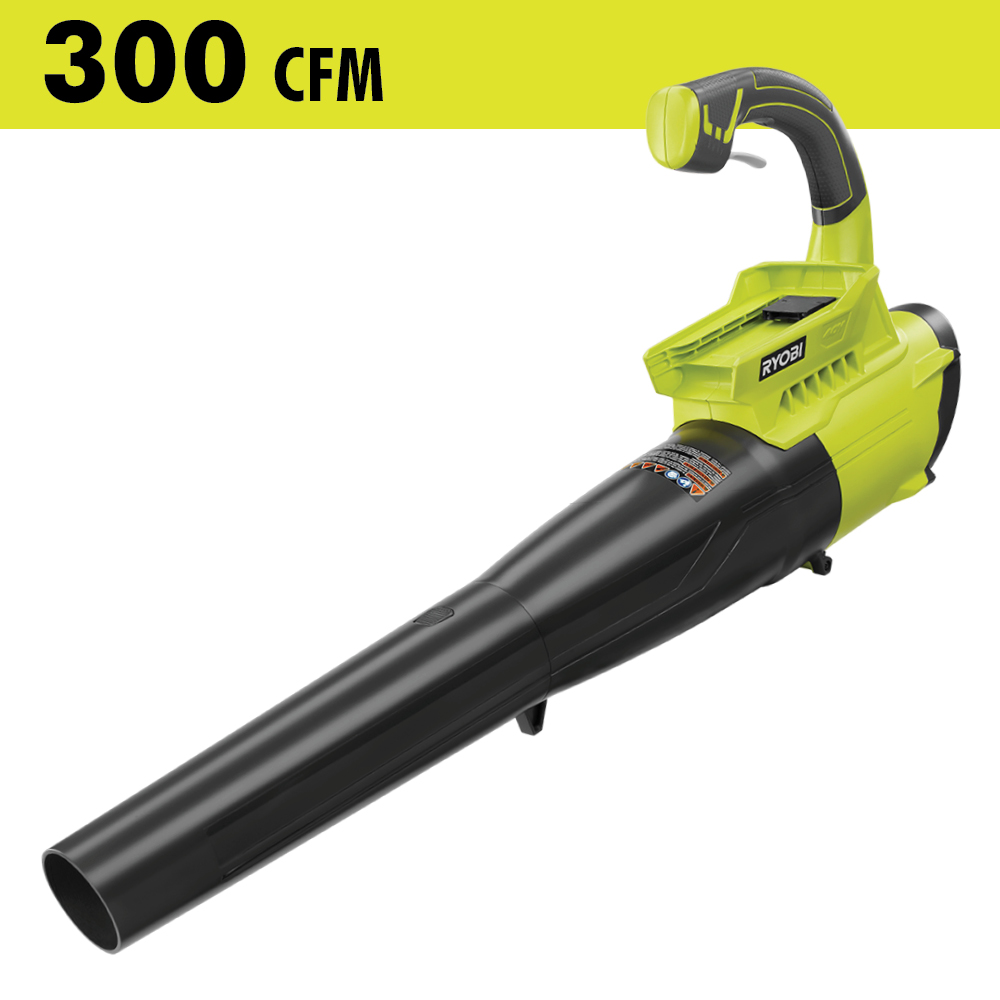
Credit: www.ryobitools.com
Battery Life Extension
Extending the battery life of your Ryobi battery leaf blower can save money and time. Proper care and maintenance can keep your battery running longer and efficiently. Here are some key tips to help extend your battery’s life.
Proper Charging Techniques
Always use the charger that came with your Ryobi leaf blower. Different chargers may not be compatible and can damage your battery. Charge your battery in a cool, dry place. Avoid charging it in extreme temperatures. Overcharging can also reduce battery life. Once fully charged, remove the battery from the charger.
Storage Tips
Store your battery in a dry, cool place. Avoid high humidity and extreme temperatures. Before storing, ensure the battery is partially charged, around 50%. Fully charged or completely drained batteries can lose capacity over time. If you plan not to use the battery for a long time, check and recharge it every few months.
Maintenance Tips
Troubleshooting your Ryobi battery leaf blower? Check the battery connection, ensure it’s charged, and clean the air intake. Regular maintenance helps keep your blower running smoothly.
Proper maintenance of your Ryobi Battery Leaf Blower ensures its longevity. Regular upkeep prevents issues and keeps performance at its peak. Here are some easy maintenance tips.Regular Cleaning
Clean your leaf blower after each use. Remove leaves, dirt, and debris from the blower tube. Use a soft brush or cloth to wipe down the exterior. Ensure the air vents are clear. Blocked vents cause overheating. Also, keep the battery contacts clean. Dirt on contacts affects performance. Use a dry cloth for this task.Component Inspections
Inspect the blower regularly. Check the battery for any signs of damage. Swollen or cracked batteries are unsafe. Replace them immediately. Examine the blower tube for cracks or wear. A damaged tube reduces efficiency. Ensure all screws and bolts are tight. Loose parts cause vibrations and noise. Look at the fan blades for damage. Bent or broken blades reduce airflow. Keeping your Ryobi Battery Leaf Blower in good condition is simple. Regular cleaning and inspections go a long way. Follow these tips to ensure your tool runs smoothly. “`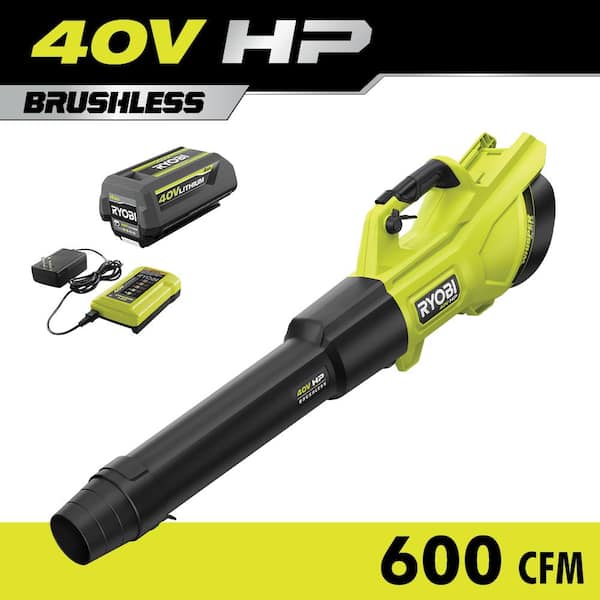
Credit: www.homedepot.com
When To Seek Professional Help
Understanding when to seek professional help for your Ryobi Battery Leaf Blower can save you time and effort. While many issues are minor and can be fixed at home, some problems need expert attention. Knowing the difference is key.
Identifying Major Issues
Major issues often show up in specific ways. These signs indicate that your leaf blower might need professional repair:
- It won’t turn on.
- Unusual noises during operation.
- Battery not charging or holding a charge.
- Motor overheating quickly.
- Any smoke or burning smell.
If you notice these issues, it’s better to consult an expert. Trying to fix these problems yourself can cause more damage.
Finding A Service Center
Locating a service center for your Ryobi leaf blower is simple. Follow these steps:
- Visit the Ryobi website.
- Navigate to the ‘Service & Support’ section.
- Use the ‘Service Center Locator’ tool.
- Enter your zip code or city.
- Choose the nearest service center from the list.
You can also check with local hardware stores. They often have information on authorized service centers.
Here’s a quick overview in a table format for better clarity:
| Step | Action |
|---|---|
| 1 | Visit the Ryobi website |
| 2 | Navigate to ‘Service & Support’ |
| 3 | Use ‘Service Center Locator’ tool |
| 4 | Enter zip code or city |
| 5 | Choose nearest service center |
Seeking professional help ensures that your Ryobi Battery Leaf Blower receives the best care. This extends its life and keeps it running smoothly.
Frequently Asked Questions
Why Is My Ryobi Battery Leaf Blower Not Starting?
Check the battery. Ensure it’s charged and properly connected. Inspect for debris in the blower.
How Do I Fix A Ryobi Leaf Blower That Won’t Stay On?
Check the battery charge. Clean the air filter. Ensure vents are not blocked.
What Should I Do If My Ryobi Blower Has Low Power?
Ensure the battery is fully charged. Clean the air filter. Check for obstructions in the blower tube.
Why Is My Ryobi Leaf Blower Making Unusual Noises?
Inspect for debris in the blower. Ensure all parts are secure. Check for worn or damaged components.
How Often Should I Charge My Ryobi Leaf Blower Battery?
Charge the battery after each use. Store the battery in a cool, dry place to extend its life.
Conclusion
Troubleshooting your Ryobi battery leaf blower doesn’t have to be hard. Start with simple checks like the battery charge and connections. Clean the blower parts regularly to avoid issues. Refer to the user manual for specific problems. If problems persist, contact Ryobi customer support.
Regular maintenance ensures your blower lasts longer and works well. Keep your yard clean with a properly functioning tool. Happy gardening!

